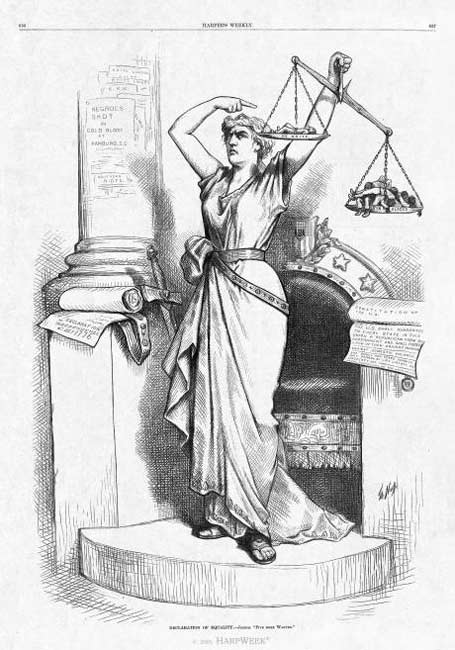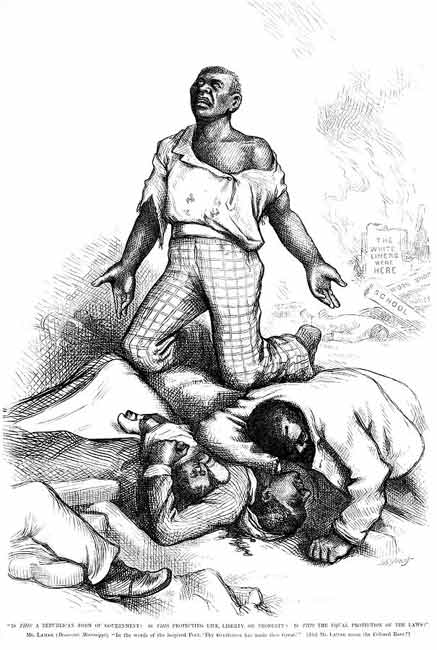|
|
© 2015 SCIWAY.net, LLC. SCIWAY News is written by SCIWAY – with a lot of help from people throughout South Carolina. ISSN: 1537-3903.
News, new website addresses, and comments and questions about this newsletter should be sent to service@sciway.net. SCIWAY, pronounced "sky-way," is an acronym for South Carolina's Information Highway. |












